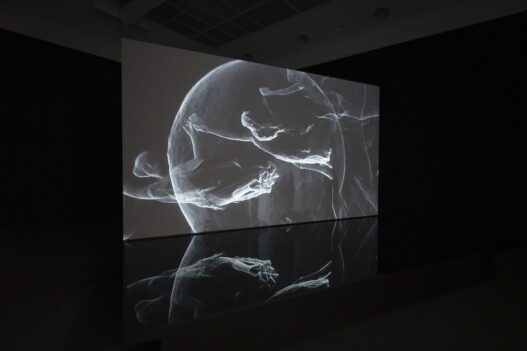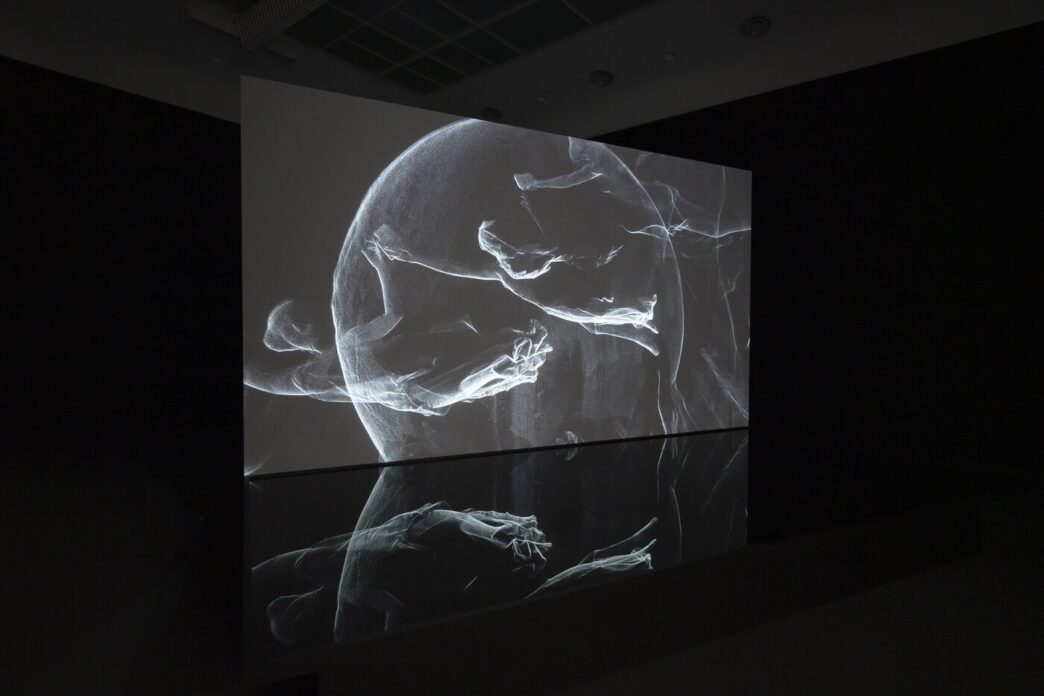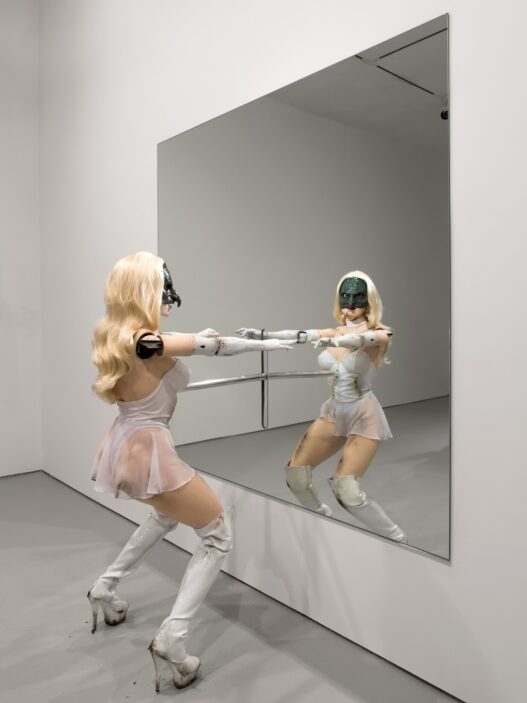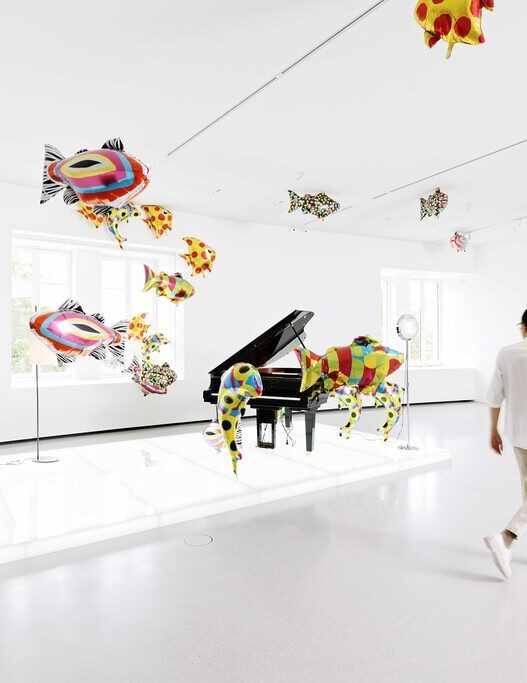July 7, 2022–February 12, 2023
The Otolith Group, a group of artists created in London in 2002 by Anjalika Sagar and Kodwo Eshun, presents Xenogenesis at IMMA. The exhibition, which includes a selection of significant pieces created by The Otolith Group between 2011 and 2018, reflects the artists’ continued dedication to producing what they refer to as “a science fiction of the present.”
The groundbreaking works of The Otolith Group, which include post-cinematic essayist films, videos, and multi-screen installations, tackle current social and environmental issues, the ramifications of neocolonialism, how humans have affected the environment, and the impact of new technology on consciousness.
The science fiction trilogy by Octavia Butler, The Xenogenesis Trilogy, is whence Xenogenesis gets its name. Along with Octavia Butler (1947–2006), other significant figures that help to shape the exhibition’s compositional matrix include the polymath and educator Rabindranath Tagore (1861–1941) and the composer and musician Julius Eastman (1940–90).
The exhibition at IMMA, which was organized by Annie Fletcher, Director of IMMA, culminated a significant international collaboration that began at the Van Abbemuseum in the Netherlands and traveled to Buxton Contemporary in Melbourne, the Sharjah Art Foundation in Sharjah, the Museum of Contemporary Art Metelkova in Ljubljana, Slovenia, the Institute for Contemporary Art at Virginia Commonwealth University in Richmond, the Southern Alberta Art Gallery in Lethbridge, and the Van Abbemuseum again.
The Department of Xenogenesis (DXG), a time space for organizing public online and offline discussions, performances, screenings, and exhibitions with artists, filmmakers, theorists, and musicians, will be implemented by The Otolith Group and their venerable curatorial platform The Otolith Collective at IMMA. The DXG advances the display and has grown during the course of the tour.
Anjalika Sagar and Kodwo Eshun, two artists and thinkers, created the Otolith Group in that same year. The otolith’s physical structure functions as a sort of metaphorical “black box” for concealing purpose and determining disparity. It references to the histories of collective practices created by artists who theorize and theorists who practice art within and outside the United Kingdom by articulating the idea of the Otolith with the idea of the Group. Eshun and Sagar’s post-cinematic practice is influenced by an aesthetics of the essayistic that adopts the form of a science fiction of the present and explores the intertemporal crises and interscalar catastrophes that shape the Racial Capitalocene through moving images, sonic speculations, performances, publications, and installations.The Otolith Group has been commissioned to develop and exhibit their works, research, installations and publications by a wide range of museums, public and private galleries, biennials and foundations worldwide.












![JESSICA STOCKHOLDER Informal Get Together [JS 623] 2014](https://dailyart.news/wp-content/uploads/2022/07/Jessica_stockholder-95x95.jpeg)
![JESSICA STOCKHOLDER Informal Get Together [JS 623] 2014](https://dailyart.news/wp-content/uploads/2022/07/Jessica_stockholder.jpeg)






